Usually, population growth serves a city by bringing in more workers, expanding the real estate market, and making the city seem more desirable. When people first relocate to a new place, they tend to pick places with more affordable housing, good schools, or other amenities.
But in many cities, a growing population spells disaster for families and homeowners. In a lot of cases, a city gets bigger when more homeless and people down on their luck move in and try to take more resources. Sometimes, the bigger the city gets, the more overcrowded, dirty, and crime-ridden it becomes.
Places With Slow-Growing Populations Have Greater Economic Prosperity
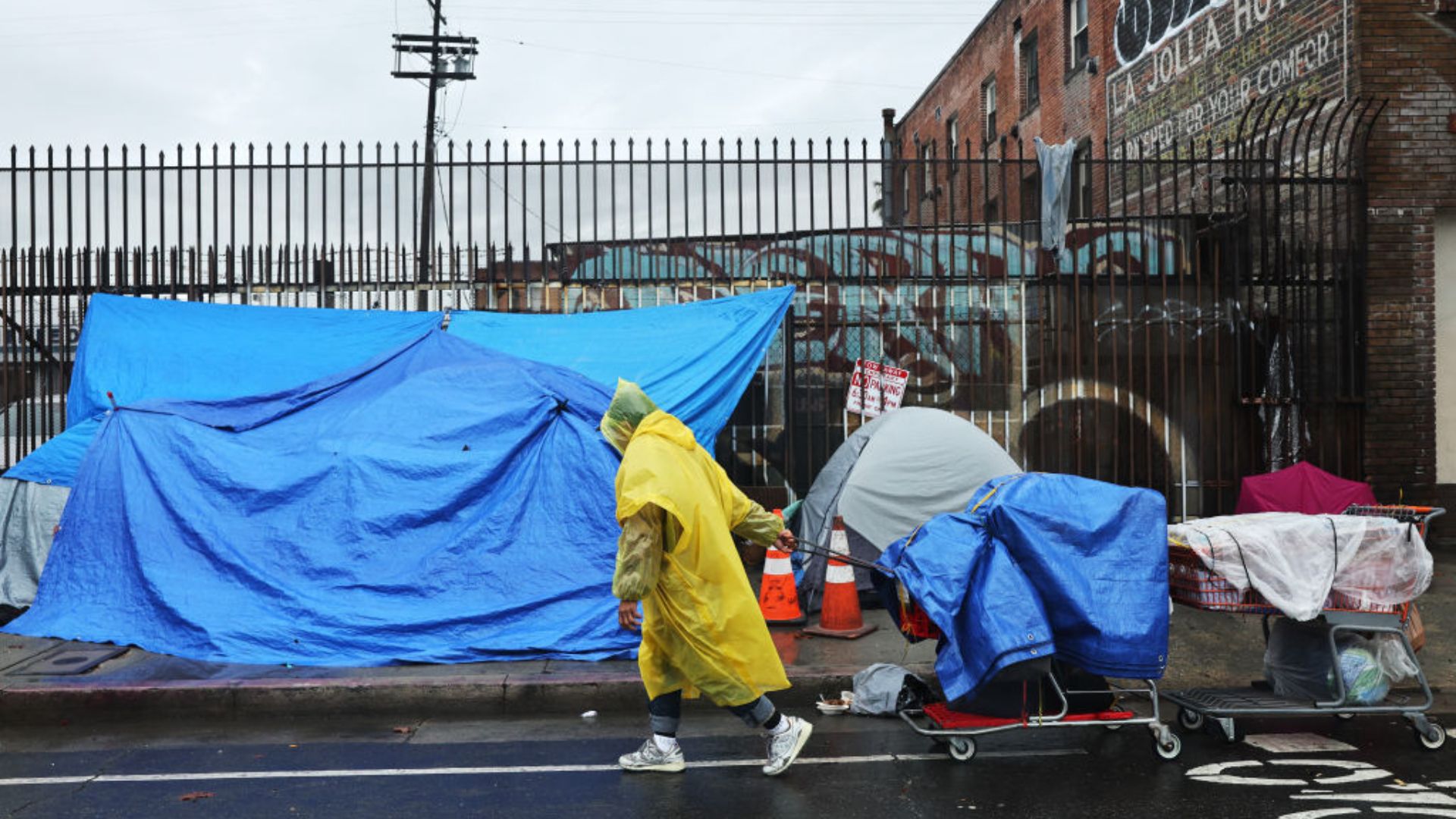
Although it might seem counterintuitive, any city that explodes in population tends to have more problems with a bigger volume of residents. Instead, one economic at Rutgers University says that slow and steady growth is the key to long-lasting economic prosperity.
Paul Gottlieb published an article in 2017 showing the key link between a slowly rising medium-sized city and that of large booming populations. The data suggests that ultimately, mayors should try to slow the rate of new residents so that they can land in a better economic state. As well, overcrowding will drain a local government of its resources while it attempts to remedy problems above its skill level.
Austin, Texas
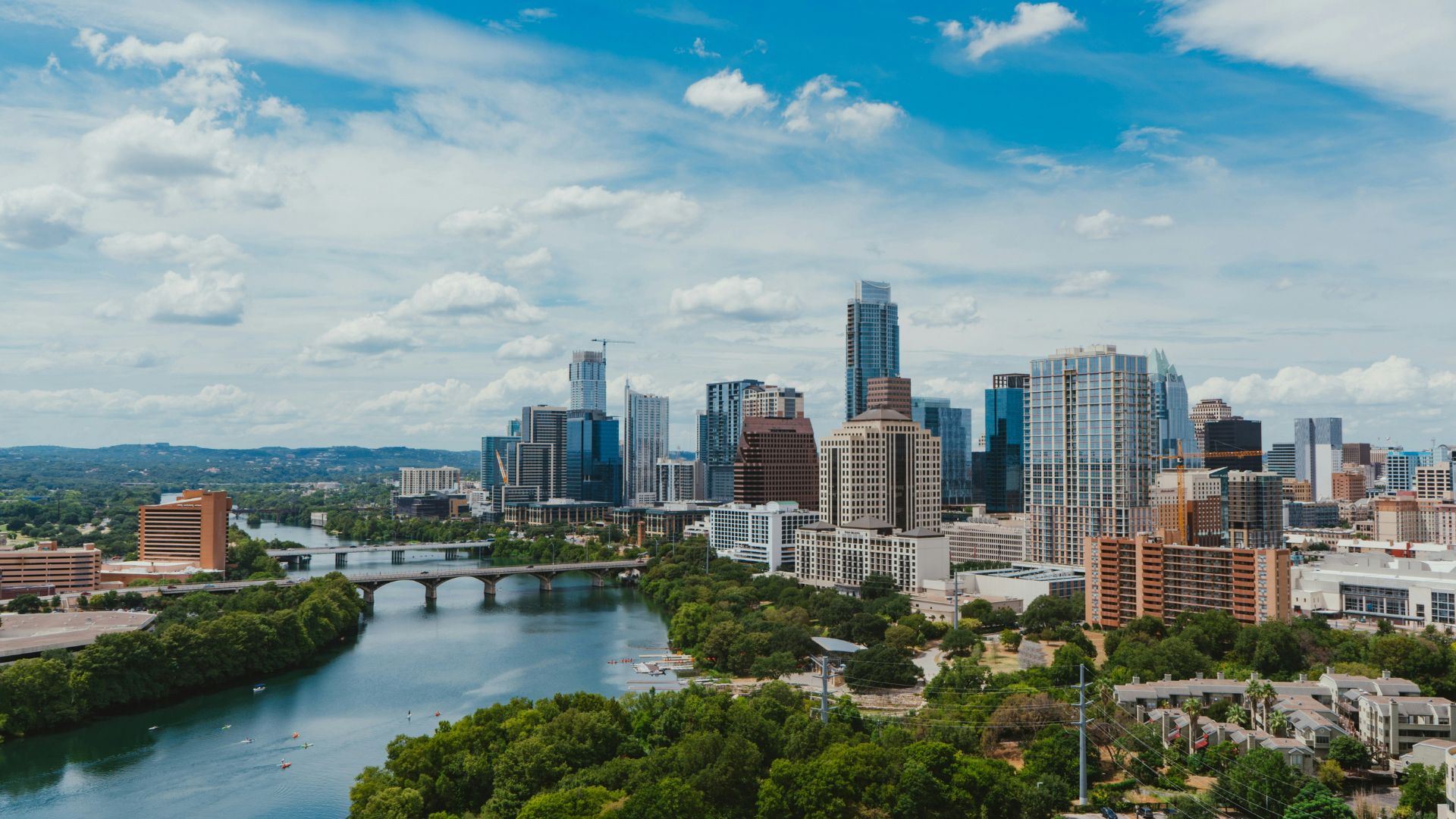
Austin was always known as a vibrant city with an excellent university and a growing arts district. After the pandemic, the massive population increase almost crippled the housing market.
After big tech companies moved their operations to cheaper Texas, the city became swarmed with high-paid Googlers and Tesla employees. Now, many locals say that they’ve been completely priced out of the housing market where they grew up, and the bubble is beginning to burst on overpriced homes.
Raleigh-Durham, North Carolina
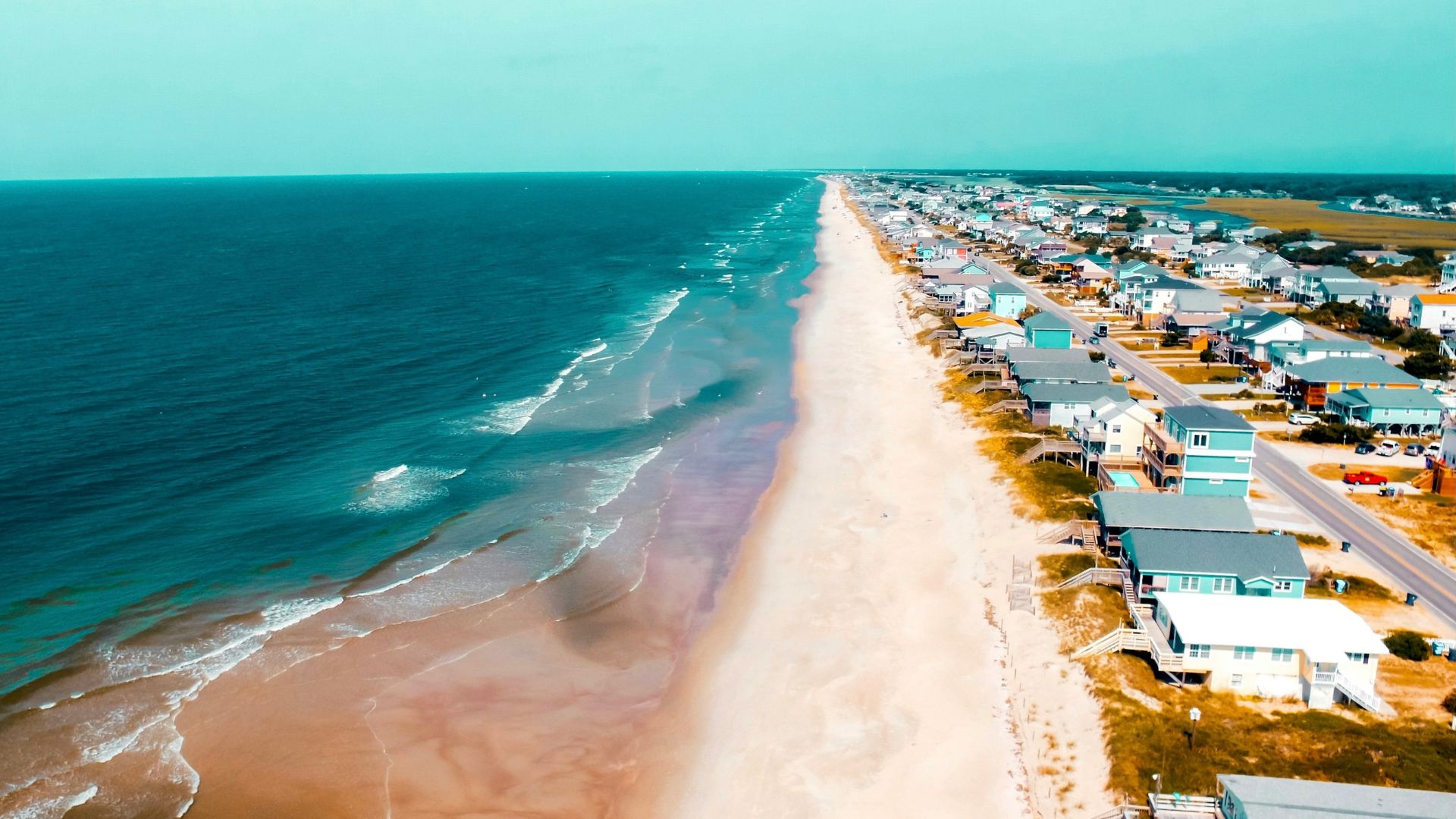
The number of people moving to the Raleigh-Durham area has exploded recently. The city is now massively overcrowded, home prices have skyrocketed, and schools are overflowing with new students.
Along with the changing tide of southern hospitality, the state has also been embroiled in several controversies as the government attempts to ban mask-wearing completely. Officials hope that by banning masks, ongoing protests will remain civil and controlled as members are forced to show their faces.
Orlando, Florida
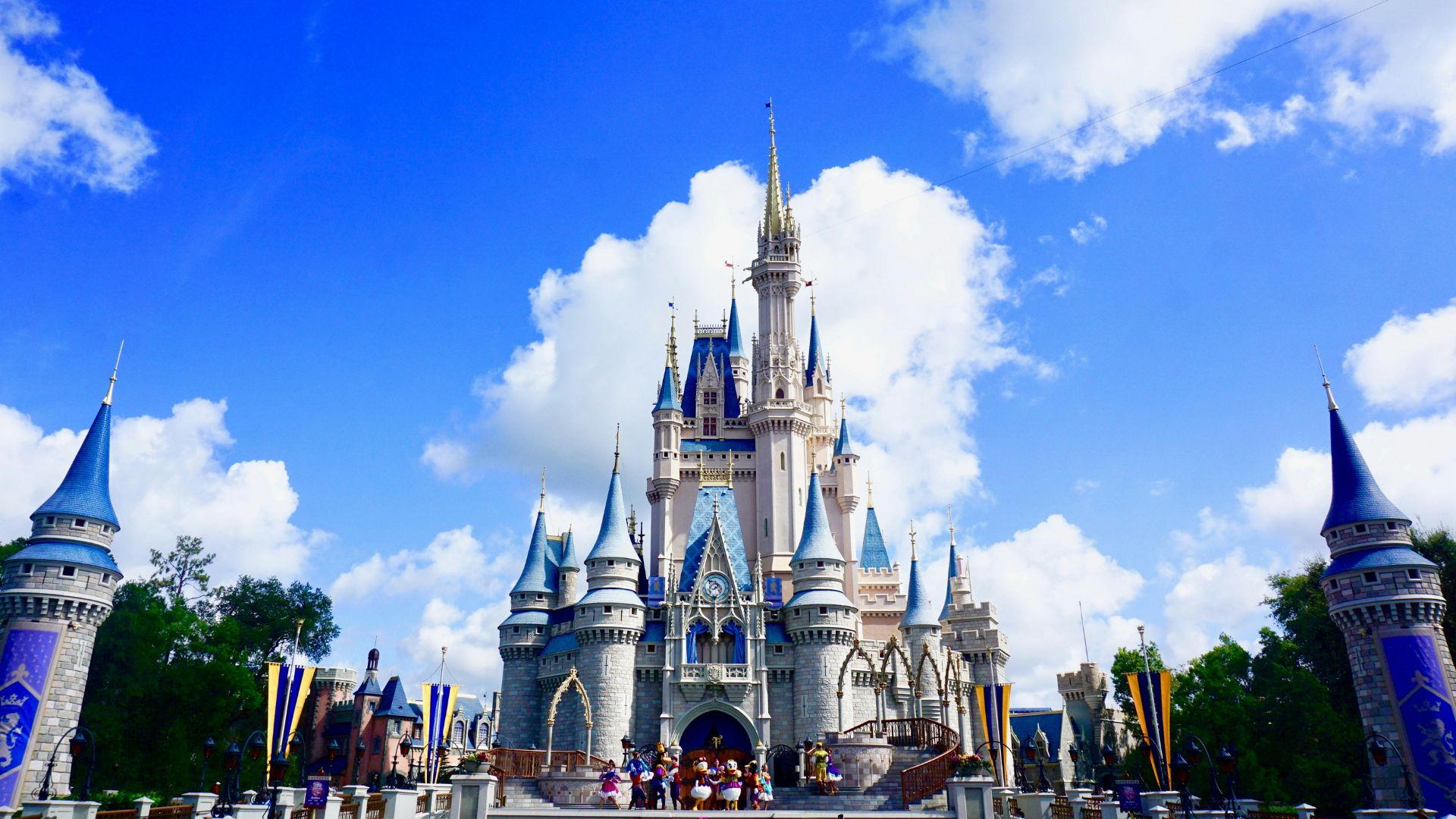
Many Floridians have long been acquainted with the issues in Orlando. Although once a top vacation spot for Disney enthusiasts, its recent homeless population has gotten out of control, rent prices have become untethered from reality, and natural disasters loom.
Under Governor Ron DeSantis’ directive, the state has completely removed the phrase “climate change” from its legislation. The state has already suffered from devastating floods, and with hurricane season approaching, many residents don’t think the Republican can keep them safe.
Charleston-North Charleston, South Carolina
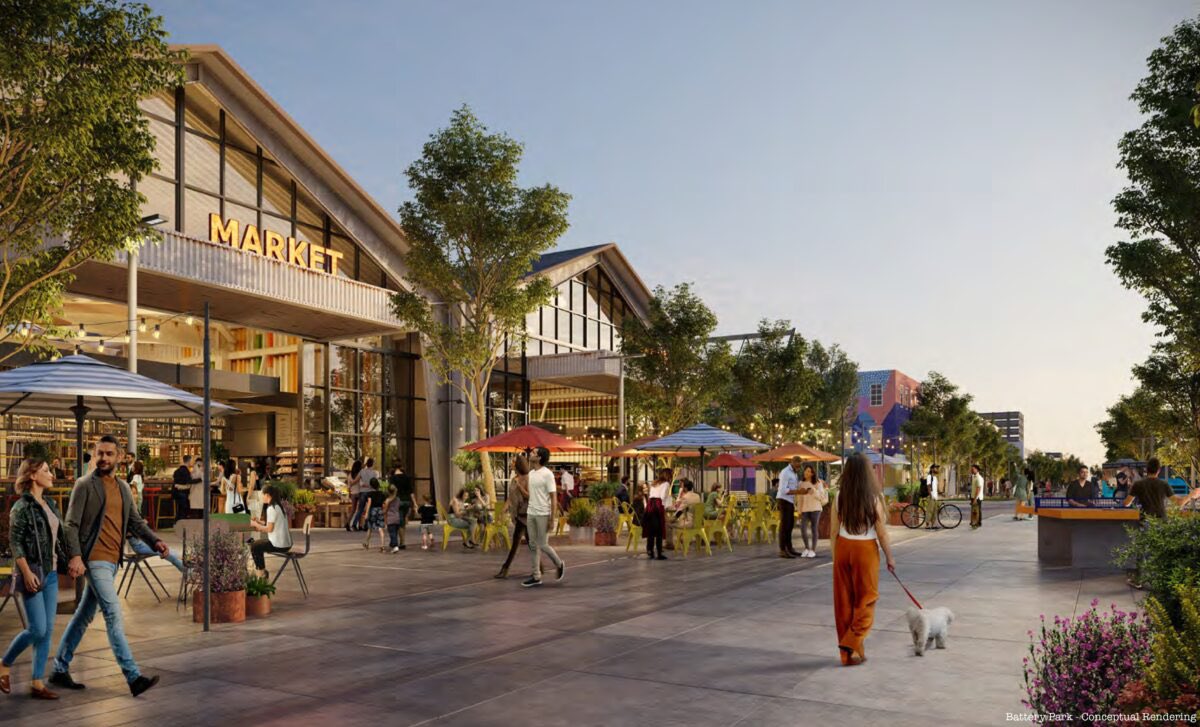
In the past year, the metro area of North Charleston has grown by more than 18%. Although it was once a favourite place for young families, many cannot afford to buy a home in the area.
The once quaint southern town simply doesn’t have the space necessary to accommodate the new residents. Many locals complain about a lack of parking, drained social resources, and overcrowded roads.
Houston, Texas
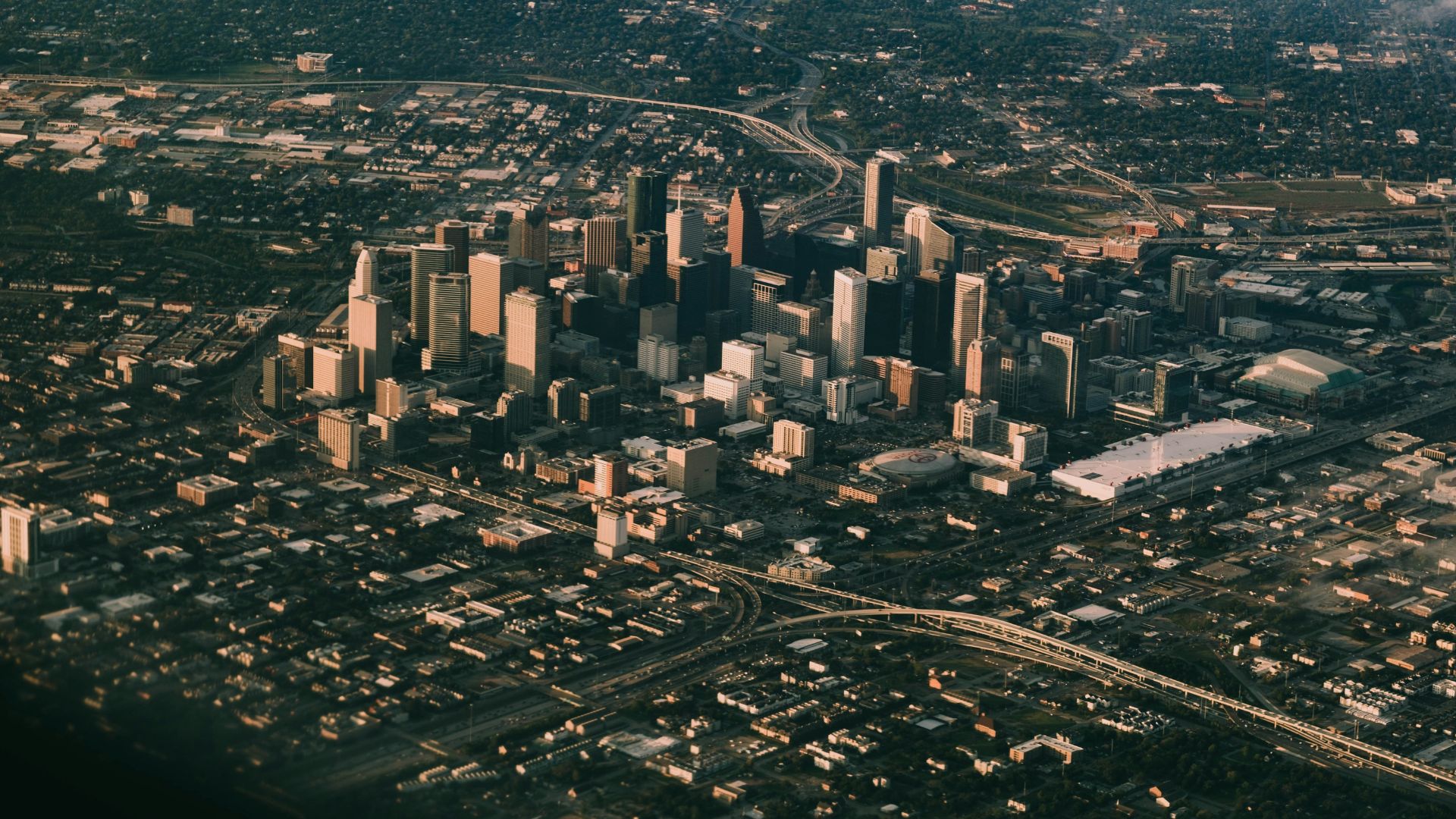
Although very spread out as a city, new residents struggle to find living accommodations.
New housing developments and apartments are just not being built right now, causing the availability of units to become a feeding frenzy. The city is closing in on 7 million residents and isn’t anywhere close to being able to house all of them. The warm climate and temperate winter mean that many homeless people move in from colder northern areas.
Sarasota-Bradenton Metro Area, Florida
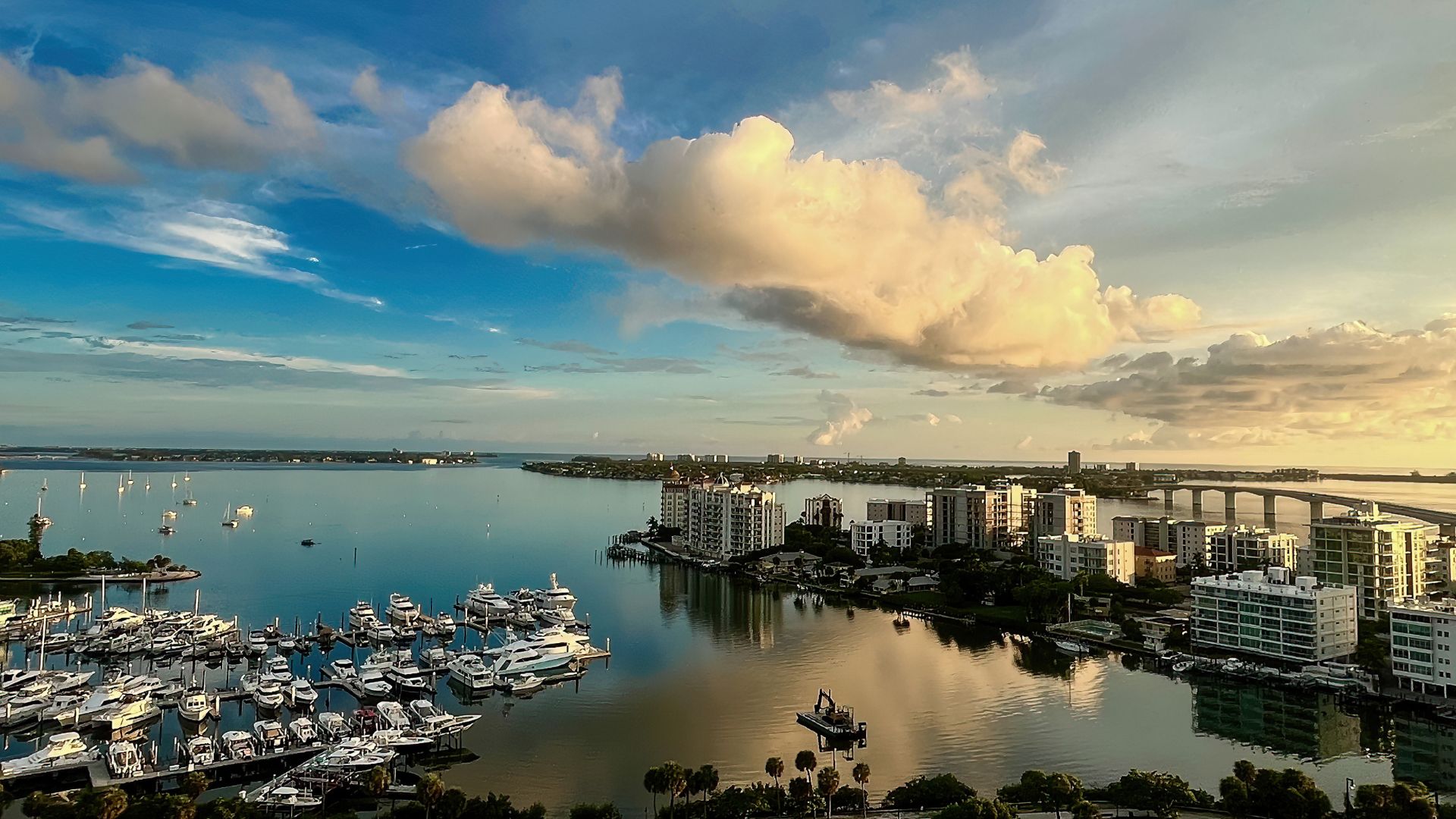
Tourism has been a big part of Sarasota’s economy for decades. However, the friendly beach location often becomes overbearing during spring break. With an influx of recent residents, many say that the housing market, homeless population, and environmental conditions have gone downhill.
The overcrowding makes the once paradise-like city feel suffocating. And with Florida’s economy worsening, the city will continue to degrade.
San Antonio, Texas
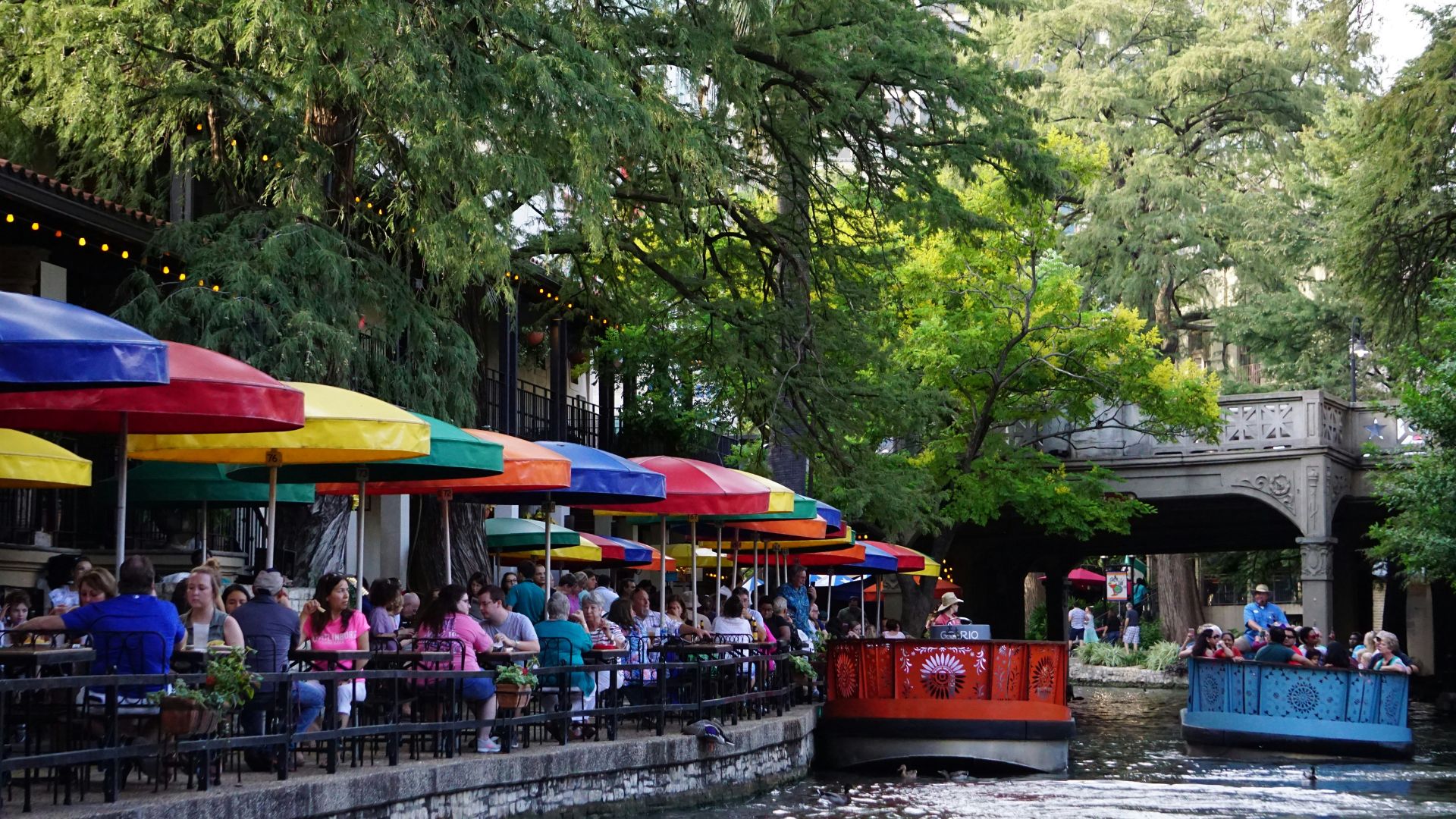
In the summertime, hundreds of thousands of people crash into San Antonio to see the historical sites and experience its many family-friendly theme parks.
However, being so close to the border means the town has become overrun with recent immigrants. The city resources often go straight to dealing with people illegally entering the border. Due to safety issues, overcrowding, and home pricing fluctuating wildly, realtors warn to stay away from San Antonio.
Dallas-Forth Worth, Texas
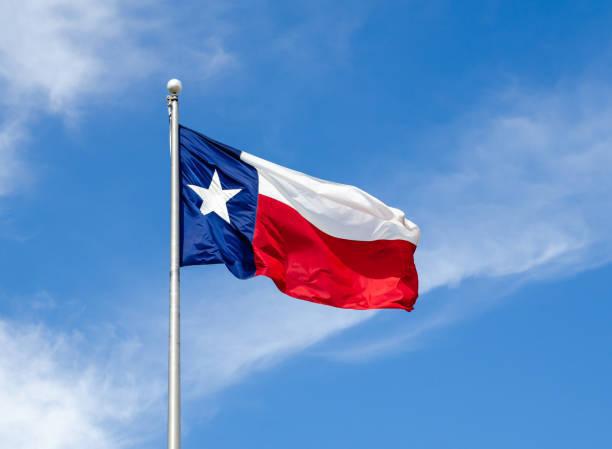
Another booming metropolitan area in Texas is Dallas. Home to the Mavericks and a massive downtown area, many people have likened the recent population change to Atlanta.
Nearing almost eight million residents, the city’s infrastructure and resources are struggling to keep up with the needs of newcomers.
Pheonix, Arizona

The popular city in Arizona has been experiencing a population boom for the better part of the last decade. Almost five million residents have met its cap of newcomers, and families now say that it’s impossible to afford rent or buy a home.
Long-time residents know that the special place in the middle of the desert couldn’t stay a secret for long, but issues with the real estate market make it impossible to thrive in.
Nashville, Tennessee
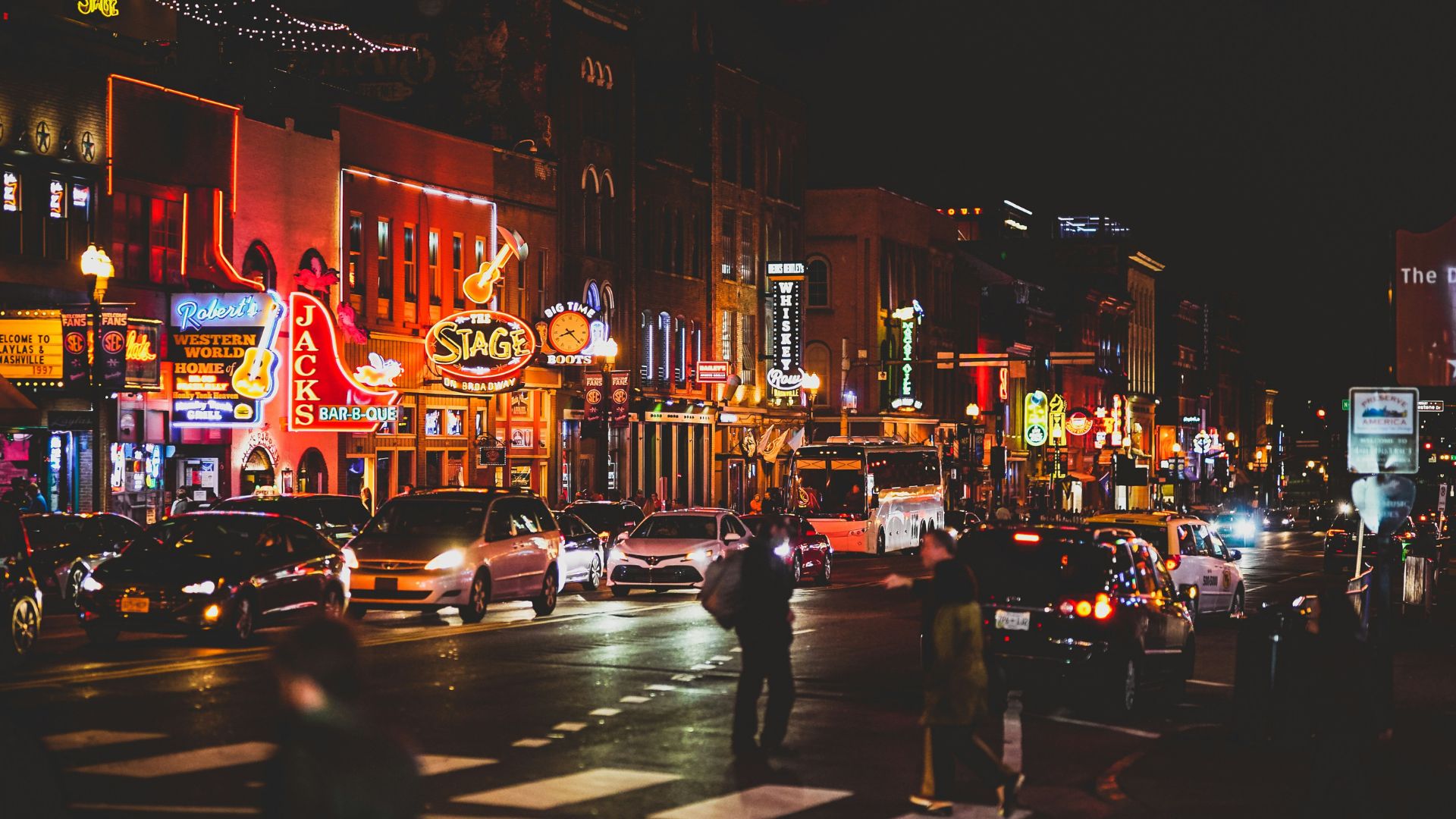
For the past 10 years, Tennessee has been the top location for bachelorette parties in the U.S. Its friendly downtown core and thriving music scene make it an excellent place to stop in for the weekend.
But recent population trends mean that the city has become overloaded with people. With the advent of Airbnb and the busy tourism industry, many houses and apartments quickly became short-term rentals, taking much-needed sources away from families and home buyers.








































